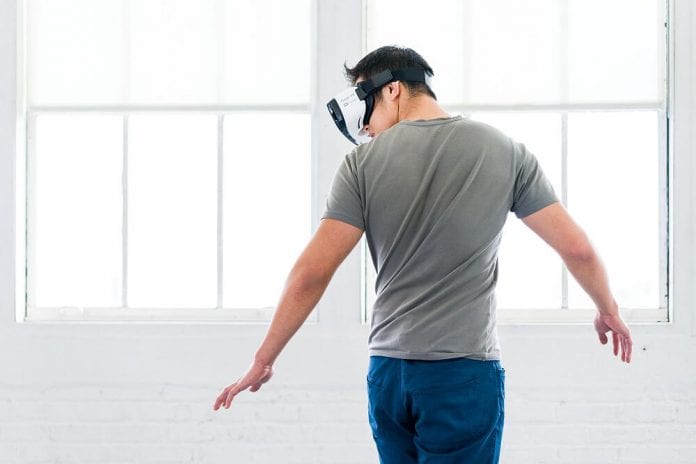A study done by Duke University shows that virtual reality, when paired with an exoskeleton could in fact help paralyzed patients regain the ability to walk again after a spinal cord injury. During the experiment neuroscientist Miguel Nicolelis and his colleagues, managed to partially restore the patient’s motor cortex (Part of the brain responsible for muscle movements), they were also able to spark sensations in the patient’s lower body.
Although to receive these results the patients were put under aggressive training course with brain controlled robotics, and virtual reality. The level of recovery that the patients achieved was considered impossible in patients with long term paralysis. This treatment was successful in giving 8 of the previously tested patients who were diagnosed with spinal cord injuries, managed to get a sensation in the paralyzed parts of their body.
The training programs used used BMIs (Brain Machine Interfaces) alongside virtual reality to link patients with a computer, thus giving the patient control over external devices, they used the virtual reality to enable the patients to visualize what devices they were moving. These devices mainly consisted of prosthetic limbs and exoskeletons, this training helps the patients with mind/body awareness.
While running this experiment Nicolelis, and his team monitored the patients to see which ways BMI-based training influences the brain on the patient’s ability to walk using their brain through a controlled exoskeleton. To further assist this study they brought in virtual reality to assist with the visualization, and to help improve mind/body awareness, this is because the VR helped the patients see virtual representations of their own bodies.
Patients have experienced various different amounts of sensations, such as some may only regaining a bit of muscle control, and some being able move although they had their weight supported by harnesses. Although people are not walking out with the ability to fully walk on their own, it sure is one big step in the right direction.
Source: gizmodo.com









